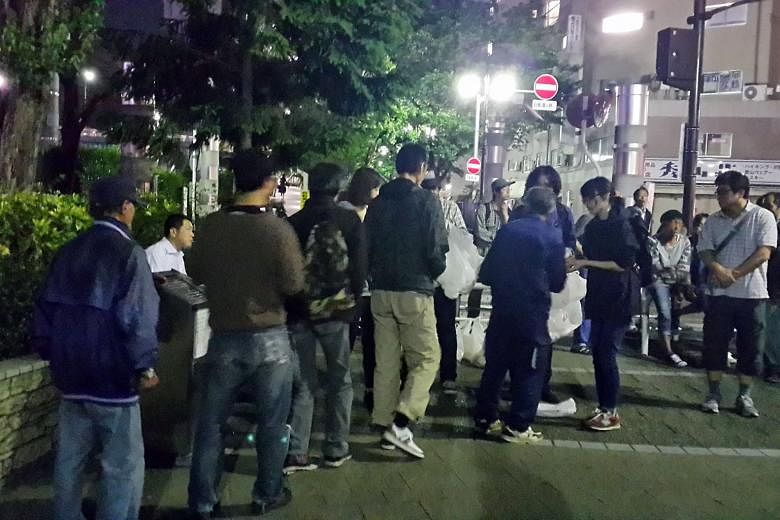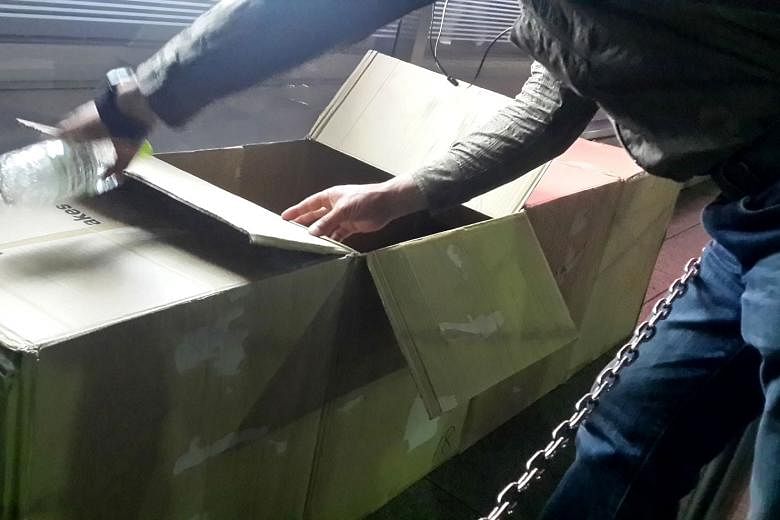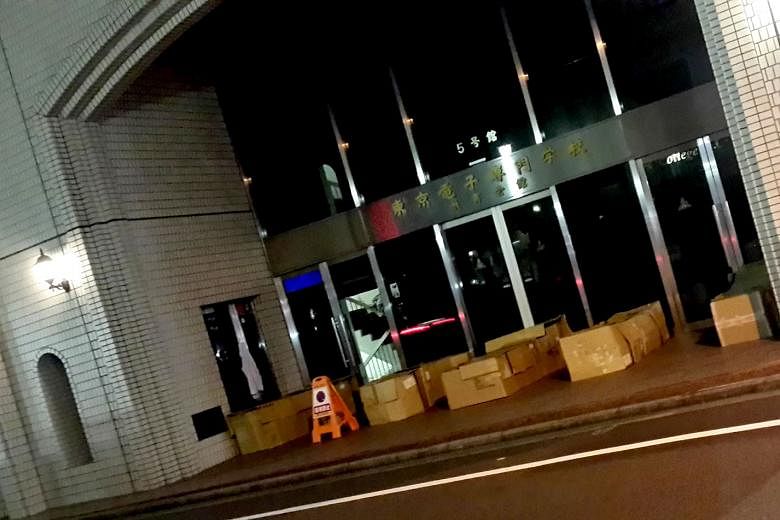TOKYO • It is well after dark in downtown Tokyo and, away from the bright lights of the humming shopping and restaurant districts, the invisible people are shuffling in a line.
Almost all are men. Most are former construction workers; years ago they helped build this city; in whose parks and doorways they sleep now in cardboard boxes.
During the day they blend in with the busy people on the pavements, leaving their cardboard boxes neatly folded and tied, concealed behind a tree or in bushes.
The homeless men queue and collect their food from a group of volunteers - before quickly melting back into the anonymity of the Japanese capital's streets.
The volunteers are from Tenohasi, one of a group of six local non-profit organisations which arrange food handouts and outreach.
Once a week, the groups zigzag through the streets of the Ikebukuro neighbourhood, visiting the homeless. They have around 200 names in their records, just a fraction of the 1,700 living on Tokyo's streets, according to a 2014 government estimate. Non-governmental organisations say the total number is much higher.
"Some of these people have been living on the streets for years," Mr Kentaro Miura, one of the volunteers, explained to me. A bachelor in his 40s, Mr Miura volunteers with Tenohasi every Wednesday.
"We help them deal with the consequences; they feel alienated, they don't have friends, they find the government's paperwork overwhelming."

Another volunteer, Dr Makato Nishiyoka, told me: "Many suffer from mental illness but also have heart diseases, diabetes; they smoke a lot, some have tuberculosis."
When homeless people first emerged as a social phenomenon some 10 years ago, they were looked upon as lazy drunks who chose not to work. That view has not changed much.
They are marginalised and socially isolated - "invisible", the volunteers say - in a society where the concept of shame is very strong.
None gave permission to be interviewed or photographed in any way that could identify them.
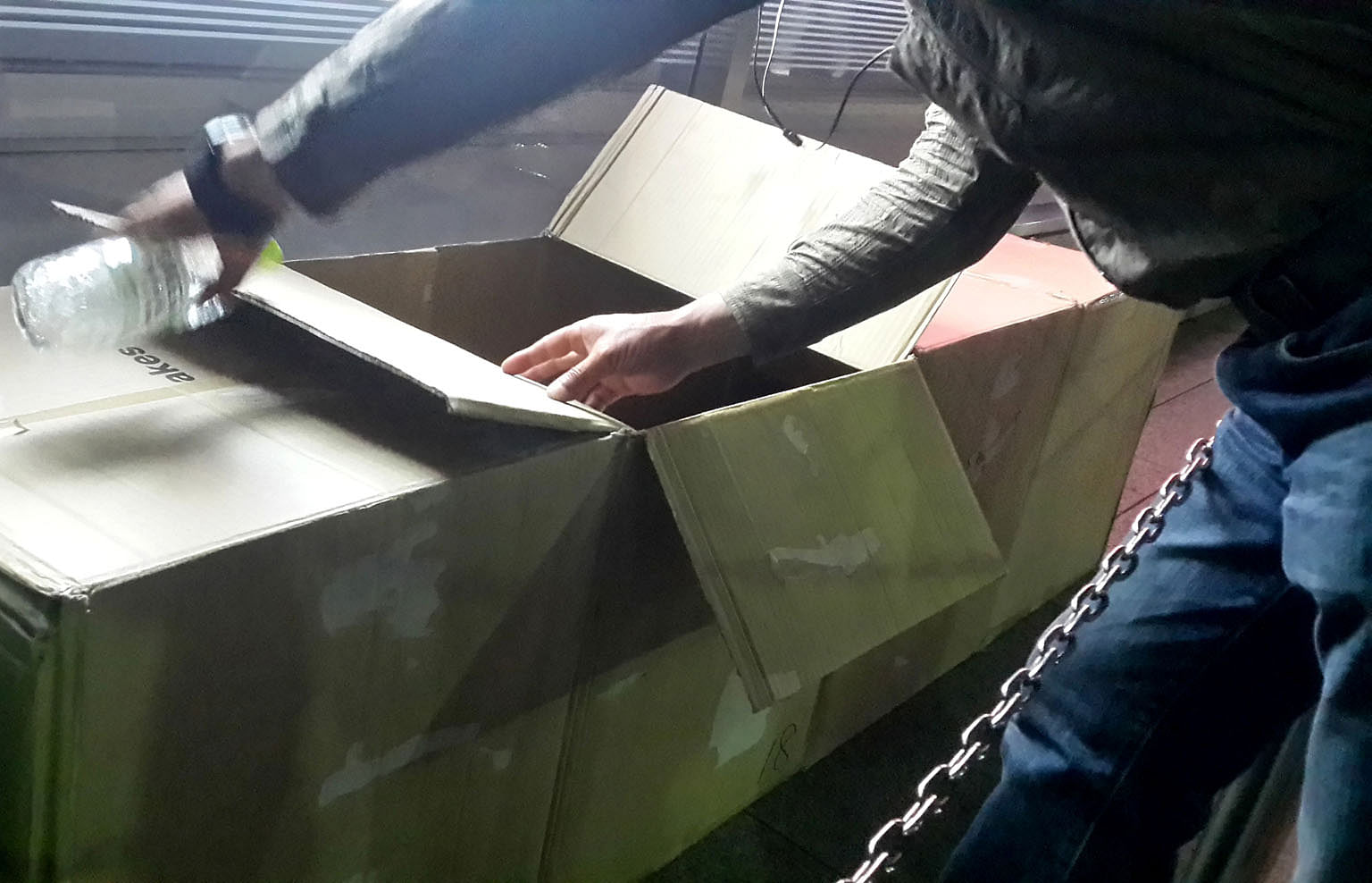
The homeless are not unique to Tokyo; major cities elsewhere, such as London, New York and Washington, also have significant populations of people who live rough. In Las Vegas, the homeless sleep under bridges while millions of dollars are flushed through the glittering bars, hotels and casinos of the city above them.
But in Japan, the dissonance between homelessness and the country's affluence, strong sense of pride, nationalism and social order is stark.
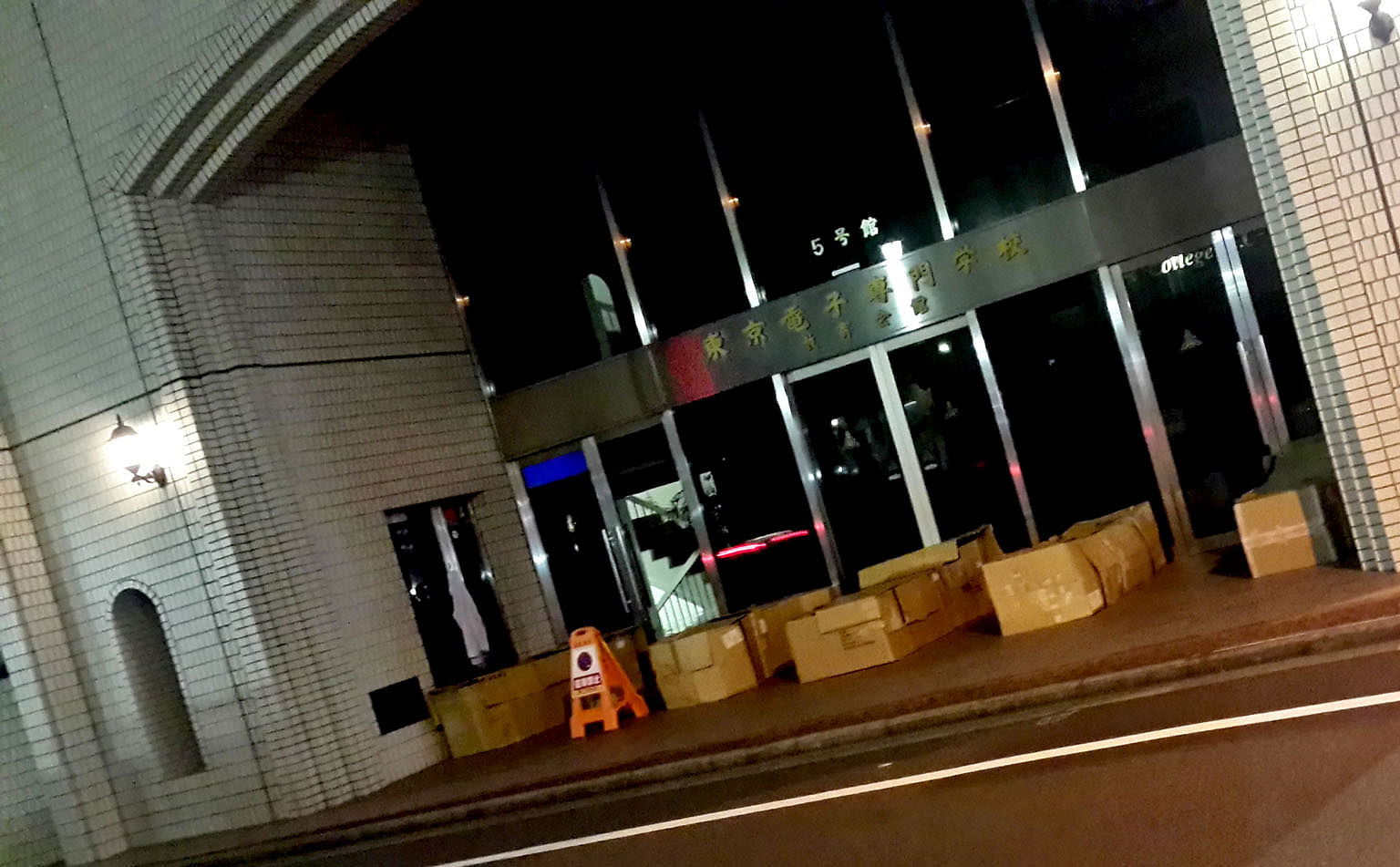
Homelessness is only the tip of what analysts caution is a slow-moving tsunami of often solitary poverty as the population ages - one in four Japanese is now over 65 and, soon, it will be one in three. And after years of idle economic growth, the country struggles to find a new wave to surf.
"Homelessness was the first sign of a poverty problem," said Dr Aya Abe, a professor of social policy at Tokyo Metropolitan University. "Back then, everyone thought Japan was an egalitarian society with no poverty. In the mid-1990s Japan did not even have a 'poverty rate'," she said.
"That changed in 2009, when the poverty rate for youth surpassed the poverty rate for the elderly - in men - for the first time."
Poverty has crept up as the economy stagnated, job opportunities shrank, fewer men and women got married and had children, and the population aged.
Demographic and social trends are against the middle and working class. The poverty rate for one-parent families is 59 per cent. And, the percentage of one-parent families in the population has gone up from 14.4 per cent in 1986 to 23.2 per cent in 2013.
Japan's biggest safety net was always the family but, by 2013, 49.7 per cent of the population was in either single-person households, or one comprising a single parent and child.
Couple this with Japanese society's expectations that make it difficult for people trying to ''downshift'' or drop out of the rat race and seek alternative lifestyles, and the marginalisation of the poor and homeless falls into context.
''There's a notion that there is a right career path and, if you don't do that, you're a loser,'' said Professor Emeritus Yoko Ishikura of Hitotsubashi University, who focuses on global competitiveness and talent.
The government has a pension scheme, but it is not adequate, said Dr Abe. "It is broken... The government is running a deficit and doesn't have the money."
While she acknowledged that there is some progress - in 2013, the word "poverty'' appeared for the first time in a law on child poverty - she said the country still doesn't have many schemes to help the poor.
There are some bright spots. Japan's economy picked up a bit in the first quarter of this year, growing at a better-than-expected annualised rate of 1.7 per cent.
In the southern city of Fukuoka, far from Tokyo, the economy is picking up, powered by tourism and an energetic 41-year-old mayor, Mr Soichiro Takashima. He is willing to try new things - including a city-sponsored "Start-up Cafe" in the popular Tsutaya bookstore in downtown Fukuoka's Tenjin district, set up as a space for young people with ideas. The scheme has already produced some 50 new companies.
At the port, an enormous cruise ship is berthed while another glides slowly in. The cruise ship industry has exploded on the back of Chinese tourists; Shanghai is less than 1,000km away. New building deregulation means over the next 10 years, 30 older buildings in the district will be demolished and newer, taller ones constructed; it is called the Tenjin Big Bang Project. And Fukuoka's population is increasing, not decreasing.
But even here, the underlying, tectonic demographic shift can be seen a few kilometers from the city, on Shikanoshima island, a seaside community hollowed out. Dozens of houses stand empty, the owners of many of them having died without heirs.
In Kashiwa, near Tokyo, where 19 per cent of the community is above the age of 65, doctors have started making house calls again under a pilot scheme. A nursery and kindergarten employ some people long past retirement. The model is a success, proving that the productivity of the elderly can be harnessed. Japan is learning how to adapt to a society of the ageing and the solitary.
But it may be too late for some of the homeless men huddled in the cracks of vast Tokyo.
Tenohashi, founded by a psychiatrist, focuses on homeless people with mental illnesses, who make up 30-40 per cent of all the homeless in Tokyo, according to research done six years ago. The group - and others - gives out food at a fixed location twice a month.
Another group, Housing First Tokyo, tries to move homeless people off the streets into shelters, and then into proper housing.
It is difficult to gauge the success of the NGOs' efforts, because the hurdles are many. One of the problems is that government shelters are dismal places, with no privacy and strict rules. For those living rough on the streets, there is more freedom, if not much else.
- Nirmal Ghosh visited Japan on a 2016 Jefferson Fellowship.

